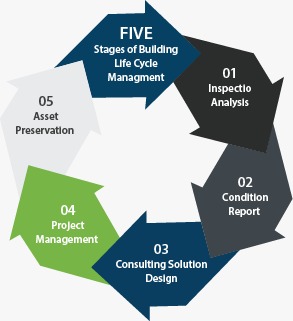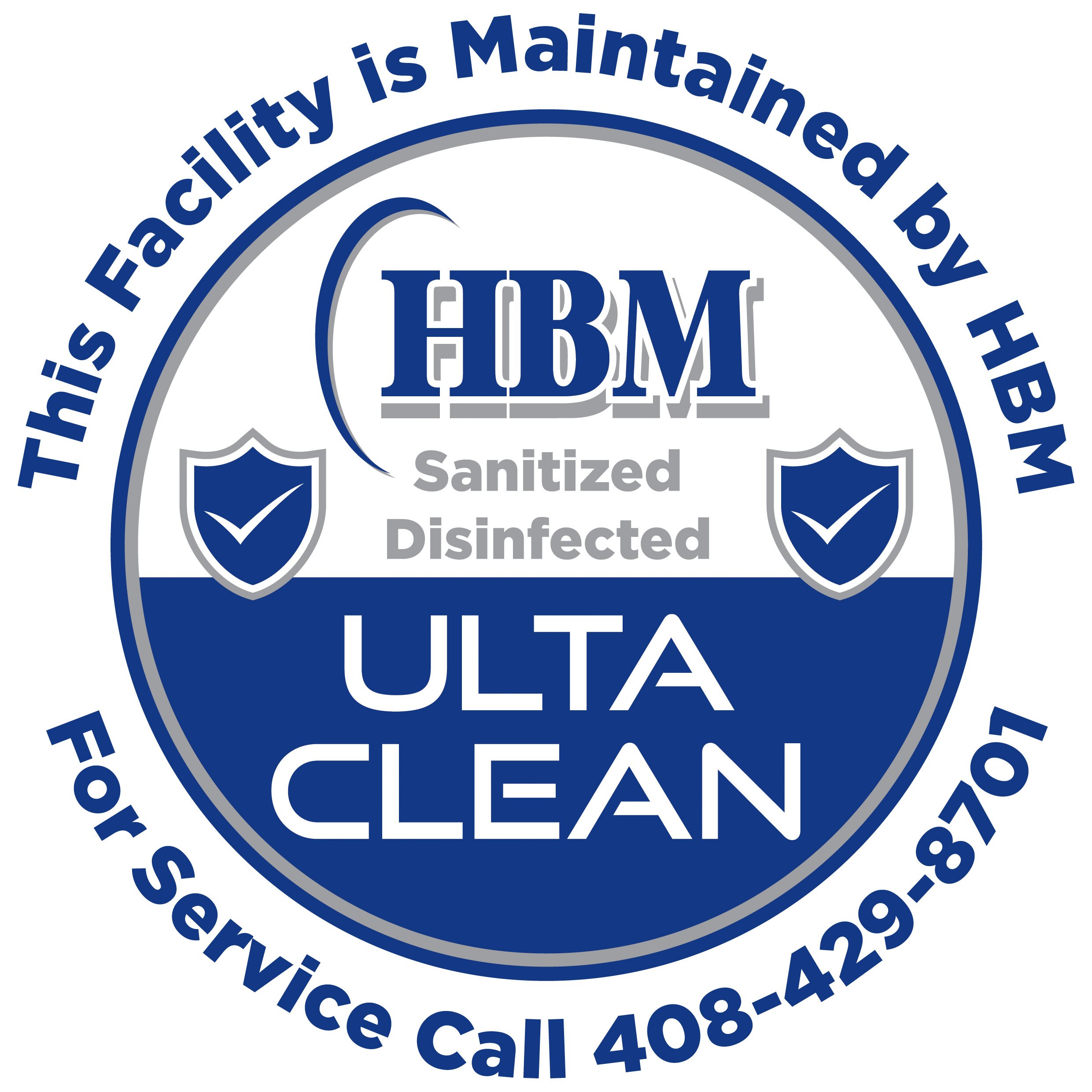The EPA states, "schools with major unmet repair needs and fewer custodial workers per square foot have higher absentee rates and higher dropout rates" They further say, "Airborne or surface-level dust affects health, and housekeeping protocols that thoroughly remove dust from surfaces have a positive impact on health.
School plays a crucial role in shaping the future of our children and youth. They are the places where students spend a significant portion of their day learning and growing. However, students and teachers need a safe, healthy, and comfortable learning environment to achieve optimal academic outcomes. This is where proactive facilities care comes into play.
Proactive facilities care refers to taking steps to prevent problems before they occur. In schools, this could mean regularly cleaning, maintaining the HVAC system, addressing dampness and mold issues, and ensuring good indoor air quality (IAQ). By taking these measures, schools can create a healthy and safe environment for students and teachers and prevent the spread of airborne infections.
A clean, well-maintained, and safe school environment can also have positive psychological effects on students and teachers. It can increase their well-being and provide a more comfortable and stress-free learning environment, leading to improved academic outcomes. Moreover, students who feel comfortable and safe in their school environment are more likely to attend school regularly and be engaged in their studies.
Proactive facilities care crucial to ensuring good physical conditions in schools. Reducing absenteeism, improving test scores, and increasing teacher retention rates can positively impact students' academic outcomes and the school community's overall health and well-being. Schools can create a safe, healthy, and comfortable learning environment that supports student success and teacher satisfaction by making proactive facilities care a priority care a priority; schools can create a safe, healthy, and comfortable learning environment that supports student success and teacher satisfaction.
To learn more in-depth, you can visit the original EPA post that discusses several scholarly articles about maintaining a healthy built environment.








